EBphotography
TPF Junkie!
- Joined
- Jul 2, 2006
- Messages
- 1,834
- Reaction score
- 1
- Location
- Maine, USA
- Can others edit my Photos
- Photos OK to edit
Great post!
What I did is when I got in photography I learned the more traditional method, film and all manual controls, working in a dark room, etc. Then I bought my digital and used that, carrying over what I learned. I think I got so much more out of my digital because of my knowledge from my film work. I am appreciative of the traditional ways!
What I did is when I got in photography I learned the more traditional method, film and all manual controls, working in a dark room, etc. Then I bought my digital and used that, carrying over what I learned. I think I got so much more out of my digital because of my knowledge from my film work. I am appreciative of the traditional ways!



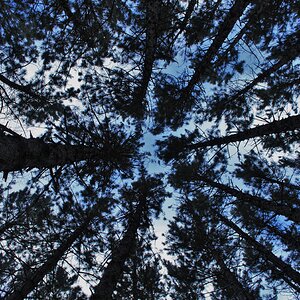
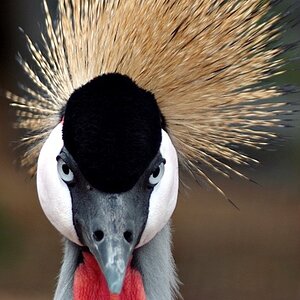
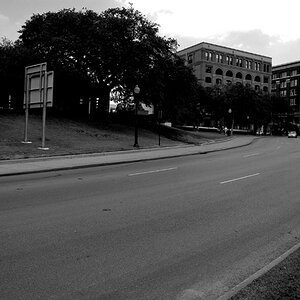
![[No title]](/data/xfmg/thumbnail/32/32953-da4fe78e854d5dbe210d58591ccf42d4.jpg?1619735787)
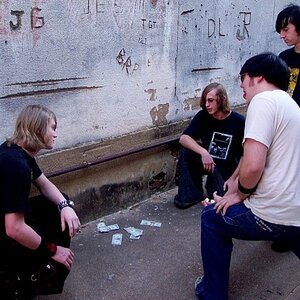
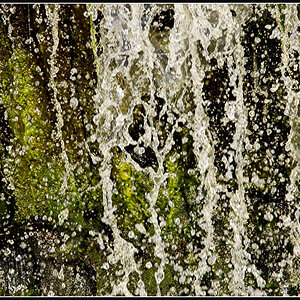
![[No title]](/data/xfmg/thumbnail/37/37624-7f9c9a5c8c7bcb5e62f67313e2e48dbc.jpg?1619738153)
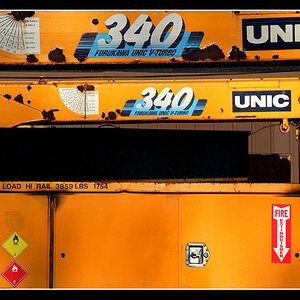

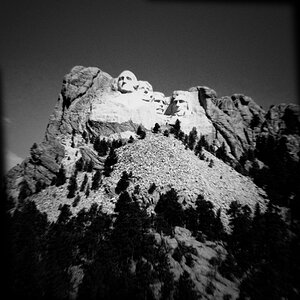
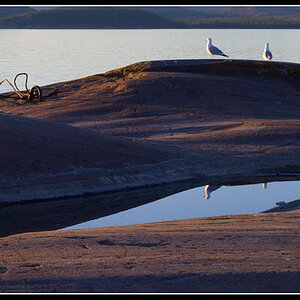
![[No title]](/data/xfmg/thumbnail/37/37625-7e132688457d56e50320a8c99a79fe38.jpg?1619738154)